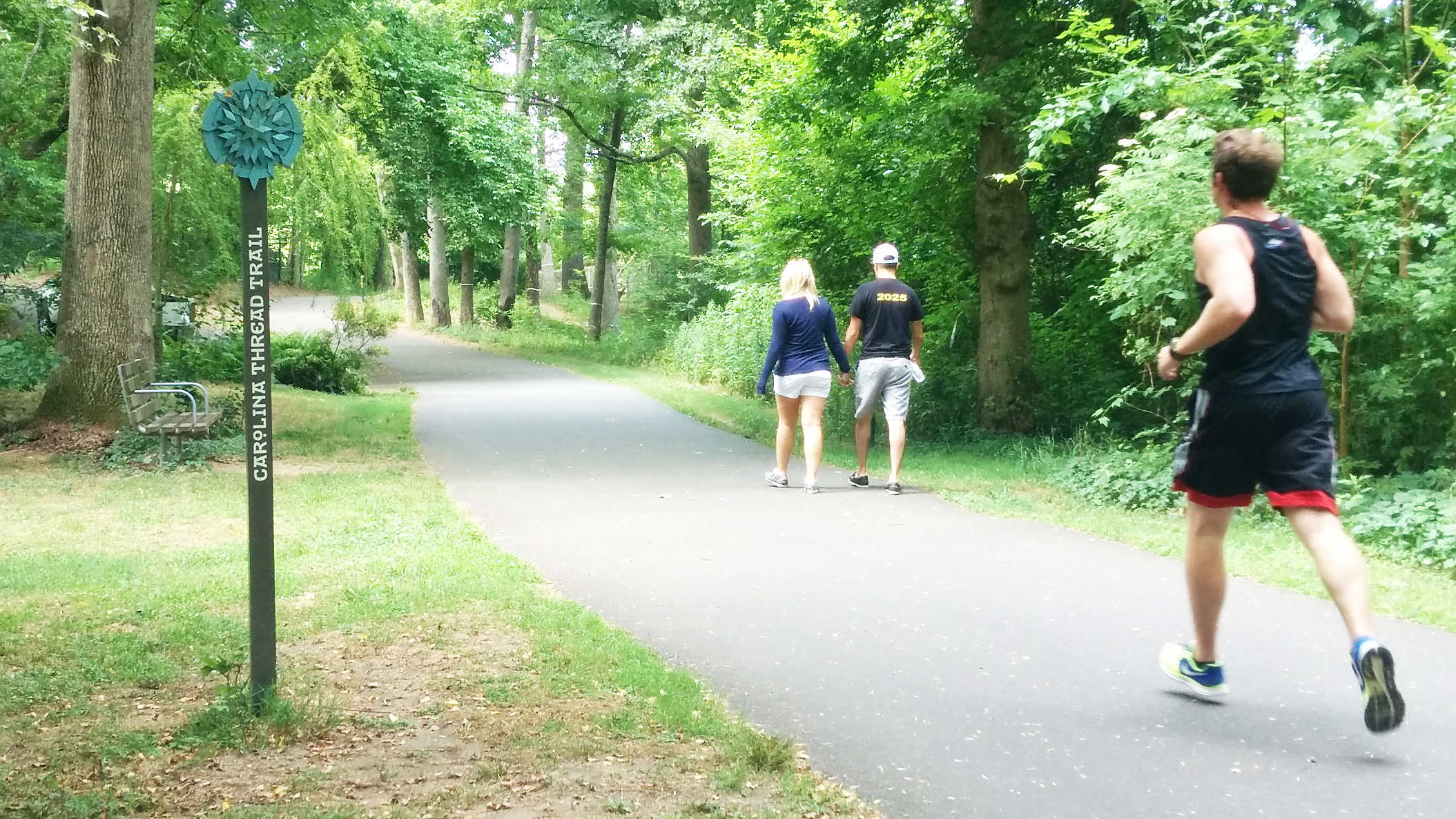The Economic Contribution of Shared Use Paths

Across the United States, bicycling, walking, and running has earned increased attention in how it relates to public health and economic development. As individuals use trails for exercise, trips to work, and trips to commercial destinations, transportation agencies, public health organizations, local business owners, and business development entities share a keen interest in the effects of trail user behavior.
In North Carolina, bicycle commuting has grown by 43% since 2005, and businesses along heavily used bike corridors have experienced substantial economic benefits resulting from their close proximity to these corridors. We found in a 2015 study of the American Tobacco Trail that an additional $3.7 million is spent annually on goods and services by those using the trail since the completion of the pedestrian bridge over I-40.
The American Tobacco Trail is just one of many shared use paths that has changed the landscape for businesses, community residents, and trail users throughout the state. We’re currently engaged in a study that evaluates the economic benefits that shared use paths provide to trail users, community residents, business owners, and other entities. The project will be completed in 2018, but check back with us prior to then to get updates on how shared use paths effect the economic activity levels, property values, physical health, and the environmental conditions of the corridors they pass through.